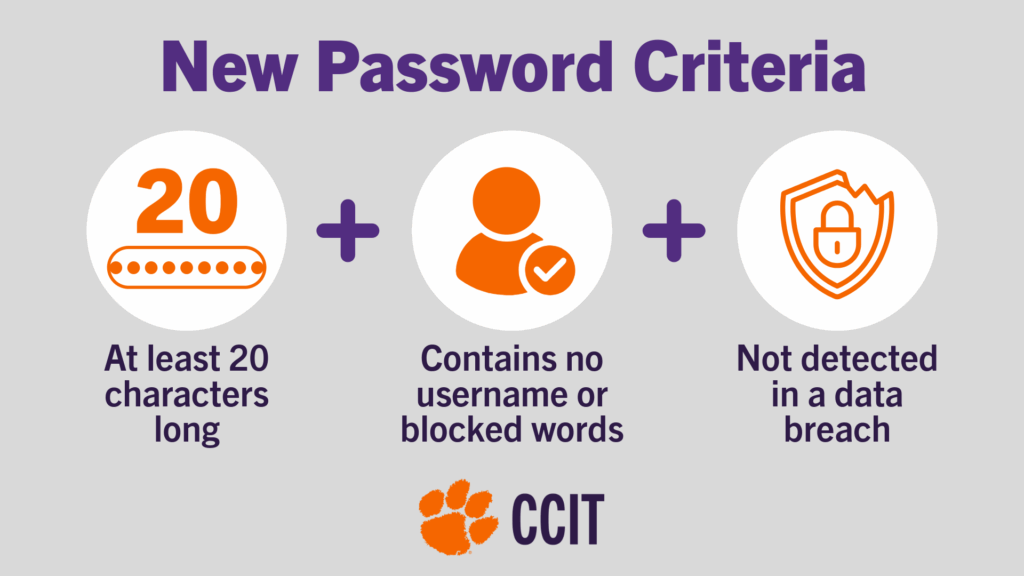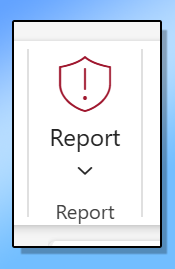Have you ever searched for something on the internet using your favorite browser search engine and gotten results that are completely wrong? For example, you search for your specific car insurance company’s official website. However, the top results you see may list the name of your car company, but the website URL is not your company’s official website.
These types of results can be caused by Search Engine Optimization (SEO) Poisoning. In this type of attack, cybercriminals employ various methods to manipulate search engine results, attempting to redirect traffic to their malicious websites. On these fake websites, users may be prompted to enter their personal account credentials, which the attackers will steal, or the fake sites may include malware that is unknowingly downloaded to the user’s computer.
To avoid SEO Poisoning:
- Always visually verify links before clicking. Examine the URL carefully. Look for name misspellings or letter substitutions in the domain name. Double-check that the domain extension (.com, .edu, .gov, etc.) is correct.
- Be skeptical of the top results. Many of the first results are often “sponsored” results, meaning that they are paid to be listed first, regardless of your actual search results.
- Go directly to official websites. If you know the URL of the actual website you want, such as Amazon, then type “amazon.com” directly into the browser address bar, rather than searching for “Amazon”.











